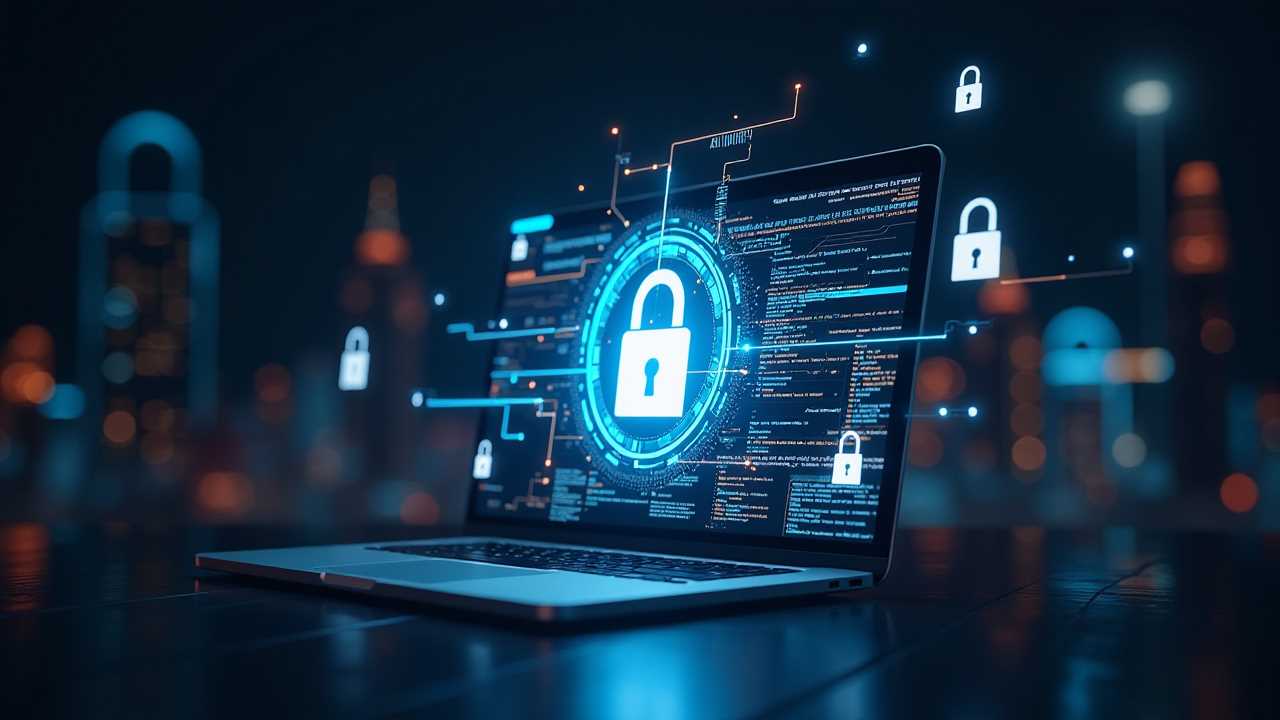Technology
How Can I Protect My Personal Data Online?
To protect your personal data online, experts advise using strong, unique passwords for each account. Two-factor authentication adds a crucial layer of

To protect your personal data online, start by using strong, unique passwords for each account. Combine letters, numbers, and symbols to create complexity. Enable two-factor authentication for an extra safety layer; this requires a second identification method, enhancing your security. Stay cautious of phishing scams—always verify senders and avoid clicking on suspicious links. Regularly update your software to keep your devices secure and running smoothly. Finally, secure your Wi-Fi network by changing default passwords, enabling encryption, and updating the router firmware. By following these steps, you can significantly reduce your risk of a data breach and safeguard your information.
Use Strong Passwords
In terms of online security, using strong passwords is essential. When you create a password, it should be unique, combining letters, numbers, and symbols. Avoid using easily guessable information, like your name or birthday.
Instead, think of a phrase that’s meaningful to you and modify it. For example, take a line from your favorite song and alter it by adding numbers or special characters. This makes it harder for hackers to crack.
Additionally, consider using a password manager to keep track of your passwords securely. Remember, it’s best to change your passwords regularly, especially for important accounts.
Enable Two-Factor Authentication
Your online security can significantly improve by enabling two-factor authentication (2FA) on your accounts.
This extra layer of protection requires you to provide two forms of identification before accessing your account. Typically, this means combining your password with a code sent to your phone or generated by an authentication app.

Be Wary of Phishing Scams
Phishing scams are a prevalent threat that can compromise your personal information with just one click. These deceptive tactics often come in the form of emails or messages that appear genuine but are designed to trick you into revealing sensitive data.
To protect yourself, keep these tips in mind:
- Verify the sender: Always check the email address carefully; small alterations can indicate a scam.
- Don’t click links: Hover over links to see the real URL before you click.
- Look for urgency: Scammers often create a false sense of urgency to rush your decision-making.
- Use security software: Reliable antivirus programs can help detect and block phishing attempts.
Stay vigilant to keep your personal data safe online!
Regularly Update Software
Keeping software up to date is essential for safeguarding your personal data. Regular updates often include security patches that protect against new threats. When you ignore these updates, you leave your devices vulnerable to hackers who exploit outdated software.
It’s a good practice to enable automatic updates whenever possible; this way, you won’t have to worry about remembering to do it yourself.
Additionally, regularly updating your applications helps guarantee they run smoothly and efficiently, reducing the risk of crashes or data loss. If an update prompts you to restart your device, don’t delay—take the time to do it.
Secure Your Wi-Fi Network
In today’s digital age, securing your Wi-Fi network is essential for protecting your personal data. A weak Wi-Fi connection can expose you to various threats, so it’s vital to take necessary precautions.
Here are four key steps you can follow:
- Change Default Passwords: Don’t stick with factory settings; create a strong, unique password for your network.
- Enable WPA3 Encryption: This is the latest security protocol, making it harder for intruders to access your network.
- Hide Your SSID: Conceal your network name from public view to make it less visible to potential hackers.
- Update Your Router Firmware: Keeping your router’s software current helps protect against vulnerabilities.
Frequently Asked Questions
How Can I Tell if a Website Is Secure?
To tell if a website’s secure, look for “https://” in the URL and a padlock icon in the address bar. These signs indicate that the site encrypts your data and protects your privacy.
What Should I Do if My Data Is Compromised?
If your data’s compromised, act quickly. Change your passwords, monitor accounts for suspicious activity, and alert your bank or credit card company. Consider freezing your credit and reporting the breach to authorities for added protection.
Are Free VPNS Safe to Use?
Free VPNs often compromise your security by logging your data or injecting ads. If you value your privacy, consider investing in a reputable paid VPN that offers stronger encryption and better protection for your personal information.
How Can I Manage My Online Privacy Settings?
Did you know 80% of people overlook their privacy settings? You can easily manage yours by reviewing settings on social media platforms, adjusting app permissions, and regularly updating your privacy preferences to improve your safety online.
What Are the Signs of Identity Theft?
You might notice unexpected transactions, unfamiliar accounts, or credit report changes as signs of identity theft. If you receive strange notifications or your accounts get locked out, it’s essential to act quickly and investigate.

Hey there! I’m William Cooper, your go-to guy for all things travel at iMagazineDaily. I’m 39, living the dream in Oshkosh, WI, and I can’t get enough of exploring every corner of this amazing world. I’ve got this awesome gig where I blog about my travel escapades, and let me tell you, it’s never a dull moment! When I’m not busy typing away or editing some cool content, I’m out there in the city, living it up and tasting every crazy delicious thing I can find. Join me on this wild ride of adventures and stories, right here at iMagazineDaily. Trust me, it’s going to be a blast! 🌍✈️🍴







